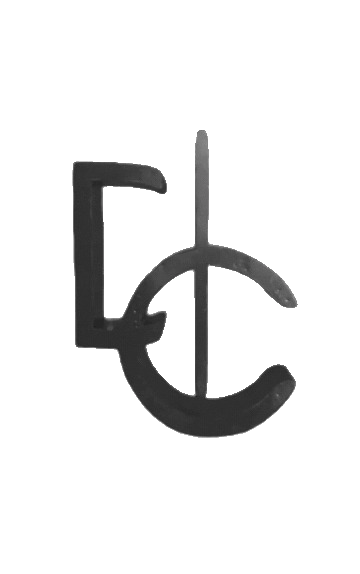Exercise breakdown, Week 2: Reverse lunge w/reciprocal motion
WEEK 3: Reverse lunge w/reciprocal motion
The "Reverse Lunge with Reciprocal Motion" is a variation of the traditional reverse lunge exercise that adds a twisting or reciprocal motion to the movement. This exercise primarily targets the lower body muscles, including the quadriceps, hamstrings, glutes, and calves, while also engaging the core muscles for stability and balance.
Here's how to perform the Reverse Lunge with Reciprocal Motion:
Starting Position:
- Stand tall with your feet hip-width
Lunging Motion:
- Step one foot backward into a reverse lunge. Bend both knees to lower your body toward the ground.
- As you descend into the lunge, simultaneously twist your torso over your front leg.
- As you return to the starting position, untwist your torso and bring it back to the center, aligning it with your hips.
- Repeat the movement on the other side by stepping the opposite foot back into a lunge and twisting over the front leg
Rotating the pelvis around the hip during a reverse lunge can have several potential benefits for targeting the glutes and maximizing the effectiveness of the exercise. Here are some advantages of incorporating this technique:
- Increased Glute Activation: Rotating the pelvis slightly can help emphasize the glute muscles even more during the reverse lunge. This movement variation can lead to a deeper stretch and contraction of the glutes, which can ultimately lead to greater muscle activation and development.
- Improved Range of Motion: By allowing the pelvis to rotate, you may achieve a better range of motion in the hips and the surrounding muscles. This can lead to a more profound stretch of the hip flexors and the glutes, enhancing overall flexibility and mobility.
- Enhanced Muscle Engagement: Engaging the glutes more effectively can lead to increased muscle engagement. This can help you achieve better muscle recruitment, which is crucial for muscle growth and strength development.
- Balanced Muscle Development: Incorporating a rotational element can help prevent muscle imbalances by ensuring that all areas of the glutes are being targeted. Imbalances can lead to improper movement patterns and potential injury.
- Core Activation: Rotating the pelvis can also engage the core muscles to a greater extent. This can improve stability during the movement and help you maintain proper posture, which is essential for both safety and effective muscle engagement.
- Functional Movement: The ability to rotate the pelvis during a lunge is a more functional movement pattern that mimics real-life activities and sports. This can have carryover benefits for everyday activities and athletic performance.
- Variation and Challenge: Introducing a rotational element adds variety to your workout routine, which can keep your workouts interesting and prevent plateaus. It also adds an additional layer of challenge that can help you push your limits.
- Mind-Muscle Connection: Focusing on the rotational movement of the pelvis can help you develop a stronger mind-muscle connection, which is the awareness of the muscles you're targeting during an exercise. This heightened connection can lead to better results over time.
Common Mistakes to Avoid:
- Loss of Balance: One of the biggest mistakes people make is losing their balance during the lunge or the reciprocal motion. Focus on maintaining a stable core and a controlled movement throughout the exercise.
- Overarching the Lower Back: Avoid arching your lower back excessively during the lunge or the twist. Engage your core muscles to keep your spine neutral and protect your lower back.
- Knee Alignment: Make sure your knees are tracking in line with your toes during the lunge to avoid unnecessary stress on the knee joints.
- Incomplete Range of Motion: Aim for a full range of motion in both the lunge and the reciprocal motion. Lower yourself into the lunge until your back knee is hovering just above the floor, and twist your torso as far as comfortably possible.
